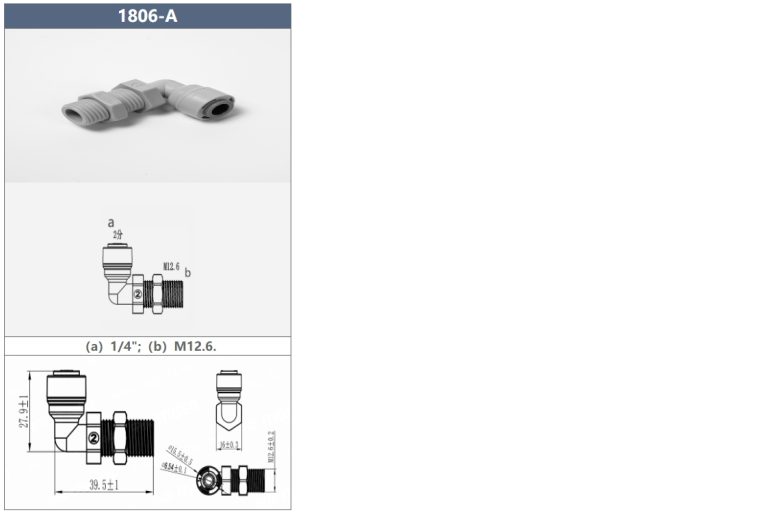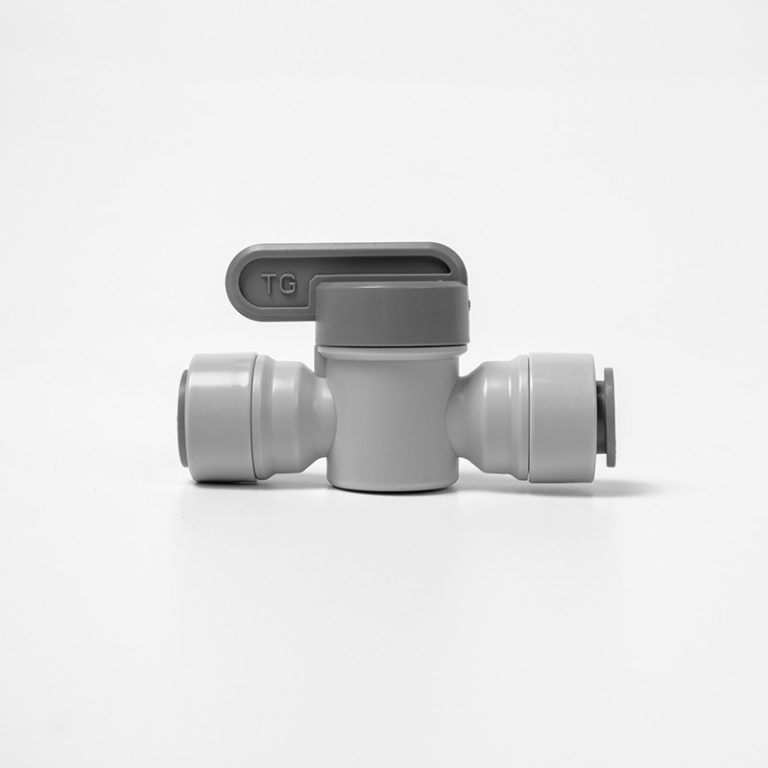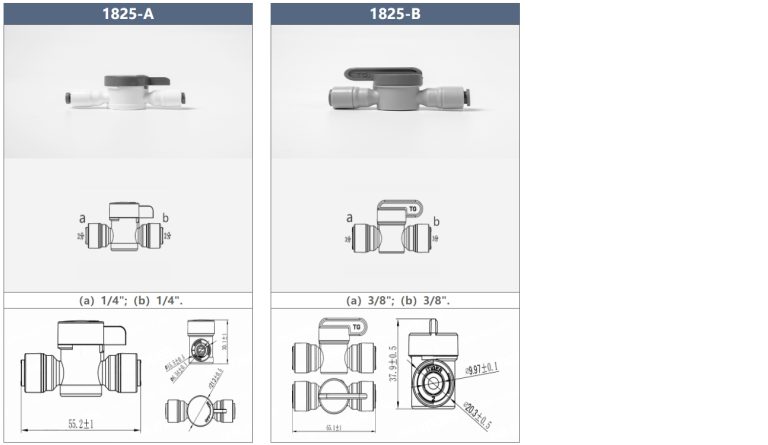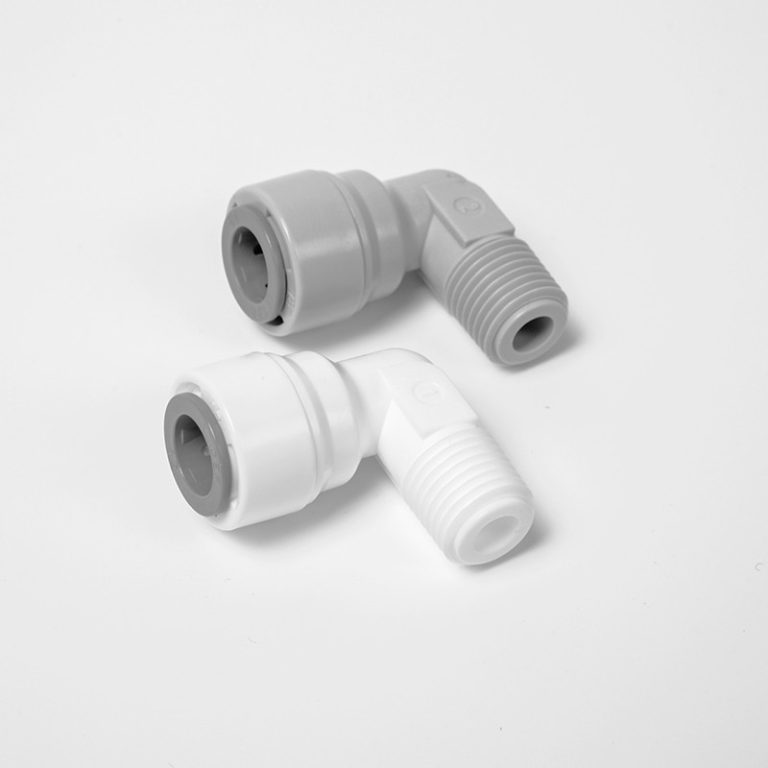“Durable protection for your cables and wires – PVC trunking pipe.”
Table of Contents
Benefits of Using PVC Trunking Pipe for Cable Management
PVC trunking pipe is a versatile and cost-effective solution for cable management in various settings, including residential, commercial, and industrial environments. This type of pipe is made from polyvinyl chloride (PVC), a durable and lightweight material that is resistant to corrosion, chemicals, and impact. PVC trunking pipe is available in a range of sizes and configurations to accommodate different cable sizes and layouts, making it a flexible and customizable option for organizing and protecting cables.
One of the key benefits of using PVC trunking pipe for cable management is its ease of installation. PVC pipe is lightweight and easy to cut, making it simple to work with and install in tight spaces or around obstacles. The pipe can be easily secured to walls, ceilings, or floors using mounting brackets or adhesive, providing a secure and tidy solution for routing cables throughout a space. Additionally, PVC trunking pipe can be easily modified or expanded as needed, allowing for flexibility in cable management systems.
Another advantage of PVC trunking pipe is its durability and longevity. PVC is a strong and resilient material that can withstand harsh environmental conditions, such as extreme temperatures, moisture, and UV exposure. This makes PVC trunking pipe suitable for both indoor and outdoor applications, providing reliable protection for cables in a variety of settings. Additionally, PVC pipe is resistant to corrosion and chemicals, ensuring that it will not degrade or deteriorate over time, even in challenging environments.
In addition to its durability, PVC trunking pipe is also a cost-effective solution for cable management. PVC pipe is an affordable material that is readily available and easy to source, making it a budget-friendly option for organizing cables. The low cost of PVC trunking pipe makes it an attractive choice for projects with tight budgets or large-scale installations that require a significant amount of cable management. Despite its affordability, PVC trunking pipe does not compromise on quality or performance, providing a reliable and effective solution for managing cables.
Furthermore, PVC trunking pipe is a versatile option for cable management, offering a range of sizes and configurations to suit different needs and applications. PVC pipe is available in various diameters and lengths, as well as different colors and finishes, allowing for customization and integration with existing decor or infrastructure. Additionally, PVC trunking pipe can be easily cut, drilled, or shaped to accommodate specific cable layouts or installation requirements, providing a tailored solution for organizing cables in any space.
Overall, PVC trunking pipe offers a range of benefits for cable management, including ease of installation, durability, affordability, and versatility. Whether used in residential, commercial, or industrial settings, PVC trunking pipe provides a reliable and effective solution for organizing and protecting cables. With its lightweight construction, resistance to environmental factors, and customizable options, PVC trunking pipe is a practical and cost-effective choice for managing cables in any application.
Installation Tips for PVC Trunking Pipe in Residential and Commercial Settings
PVC trunking pipe is a versatile and durable solution for managing cables and wires in both residential and commercial settings. Whether you are looking to tidy up unsightly cables in your home office or organize a complex network of wires in a commercial building, PVC trunking pipe offers a cost-effective and efficient solution. In this article, we will discuss some installation tips for PVC trunking pipe to help you achieve a clean and organized cable management system.
Before you begin the installation process, it is important to plan out the layout of your PVC trunking pipe system. Take into consideration the location of power outlets, switches, and any other obstacles that may affect the placement of the trunking pipe. By carefully planning the layout, you can ensure that the cables are easily accessible and neatly organized within the trunking pipe.
Once you have determined the layout, the next step is to measure and cut the PVC trunking pipe to the appropriate lengths. Use a saw or PVC pipe cutter to make clean and precise cuts. It is important to measure accurately to avoid any gaps or overlaps in the trunking pipe system. Additionally, be sure to wear appropriate safety gear, such as gloves and goggles, when cutting PVC pipe to prevent injury.
After cutting the PVC trunking pipe to size, you can begin the installation process. Start by attaching the trunking pipe to the wall or ceiling using screws or adhesive. Make sure to secure the trunking pipe firmly in place to prevent it from coming loose over time. If you are installing the trunking pipe on a wall, use wall plugs to ensure a secure attachment.
As you install the PVC trunking pipe, be mindful of the placement of cables and wires within the system. Avoid overloading the trunking pipe with too many cables, as this can lead to overheating and potential fire hazards. Instead, distribute the cables evenly throughout the trunking pipe to maintain proper airflow and prevent overheating.
When routing cables through the PVC trunking pipe, be sure to leave some slack in the cables to allow for movement and flexibility. This will make it easier to add or remove cables in the future without having to reconfigure the entire system. Additionally, use cable ties or clips to secure the cables within the trunking pipe and prevent them from becoming tangled or damaged.
| Model | Tube(a) | Stem(b) |
|---|---|---|
| 1801-A | 1/4 | 1/4 |
| 1801-C | 1/4 | 3/32 |
Once you have installed the PVC trunking pipe and routed the cables, take the time to label each cable to make it easier to identify and troubleshoot any issues that may arise. Use adhesive labels or markers to clearly mark each cable with its corresponding device or function. This will save you time and effort in the long run when you need to make changes or repairs to the system.

In conclusion, PVC trunking pipe is a practical and efficient solution for managing cables and wires in residential and commercial settings. By following these installation tips, you can create a clean and organized cable management system that is both functional and aesthetically pleasing. With proper planning and attention to detail, you can achieve a professional-looking result that will enhance the overall appearance and functionality of your space.





